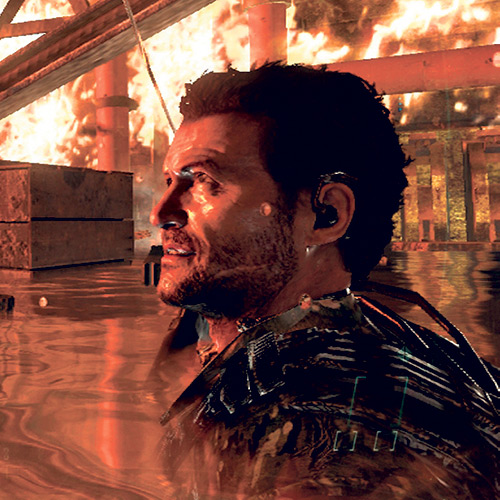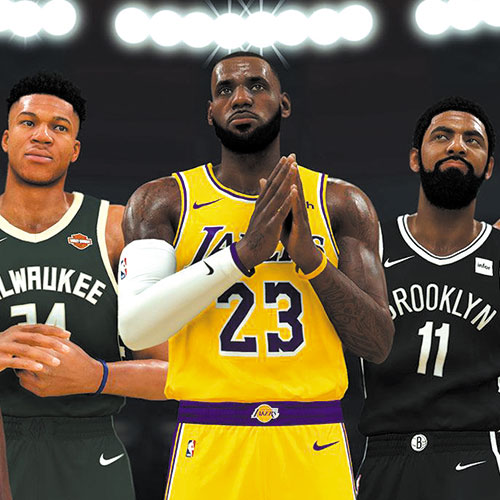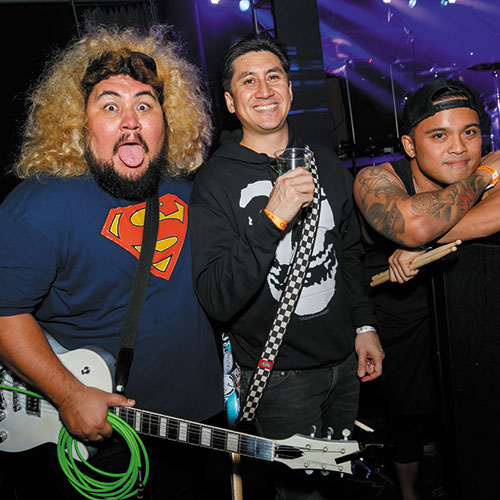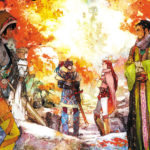Shooter fans get mixed bag with ‘Black Ops II’

By Dan Ryckert, Game Informer Magazine (MCT)
“Call of Duty 2” kicked off this console generation when it released alongside the Xbox 360, and the series has been an annual juggernaut ever since. This sustained popularity has put the series in a tough spot creatively, as drastic changes to the formula might turn off longtime fans. With the first “Black Ops,” Treyarch demonstrated it was willing to take risks by shaking up numerous multiplayer conventions. Fans loved the new features, and the developer has shifted its focus to campaign changes for “Black Ops II.” Some of these risks pay off, and others are faulty despite their ambition.
One of the most frequent critiques of the series’ campaigns revolves around their restricting linearity. Treyarch has countered this in two ways with “Black Ops II”: presenting the player with narrative-changing decisions (both obvious and subtle), and adding the new sandbox Strike Force missions.
During my six hours with the campaign, I sometimes didn’t even realize how my actions had shaped the situations. You are occasionally presented with immediate choices like, “Do you want to kill this guy or not?” but others aren’t as overt. As you enter one area near the middle of the campaign, your enemies are desperately attempting to burn evidence of some sort. Depending on how quickly you kill them, you might gain some information that will assist the overall war effort. These decisions don’t affect the grand scheme of things, but many cutscenes and in-game scenarios can be altered based on your actions. The weight of your decisions isn’t on the level of a game like Heavy Rain, but the system had me talking to others about their experiences in a way I had never done before with this series.
Interspersed between the story’s chapters are the new Strike Force missions. These are undoubtedly the weakest part of the single-player component. The idea of integrating sandbox stages with light RTS elements could have been a great way to shake up the standard gameplay. Instead, these stages are a full of frustration as you attempt to control your AI teammates. Ordering my squads around via the overhead tactical view proved to be a fruitless effort, as they rarely reacted to my commands. At one point late in the game, I even had to restart an entire Strike Force mission because of a glitch that wouldn’t allow me to perform the final required action.
Strike Force missions are a pain, and though they are not required for progression, they have a major impact on your ending. If you take them out of the equation, the “Black Ops II” campaign is on par with previous entries. Hopping between the 1980s and 2025, it tells the story of the original game’s Alex Mason and his son David. The plot quickly gets convoluted, but the main threads are easy to follow and are ultimately rewarding. Everything moves along at a breakneck pace, big set piece moments punctuate the action, and Raul Menendez proves to be one of the best antagonists in the series.
With such a focus on introducing new elements to the campaign, it seems that multiplayer was approached with more of an “if it ain’t broke…” mentality. Treyrach made one big tweak when it comes to loadouts: the new Pick 10 system, which allows for increased customization options. Players are allowed to hit the battlefield with 10 points in their loadout. Gun attachments, perks, grenade types, secondary weapons, and new wild card bonuses each take up a point. If you want to take the fight to your enemy with a decked-out LMG, you can equip up to three attachments with the use of a wild card bonus. If you’d rather create an ultra-speedy class for capture the flag matches, you can activate wild cards that allow for two perks in each slot. With those active, you’re free to head into battle with six speed-oriented perks. The system is interesting, but I ultimately found it less exciting than the currency system and contracts introduced in the original Black Ops and scrapped for this sequel.
Ever since “World at War,” Treyarch’s zombie modes have gained a devoted following. “Black Ops II” offers plenty to keep those fans coming back in, with a massive (and secret-filled) Tranzit mode that shuttles players across a zombie-infested town on a bus. It appears to be another horde mode clone on the surface, but fans of the previous offerings know that the bevy of Easter eggs in zombie mode offers a surprising amount of replayability.
“Black Ops II” gives multiplayer fans countless tweaks and changes to the formula to keep them occupied until next year’s inevitable installment. New league matches are tailored to the e-sports community, and these open up every unlockable from the start in the interest of fairness. They also eliminate random elements from maps, such as moving environmental objects. Stat-tracking elements of “Call of Duty Elite” are now free, so everyone who owns the game has access to heat maps and extensive records.
For shooter fans that don’t require as deep of a dive, “Black Ops II’s” multiplayer may feel like more of the same. No significant new match types are present, and the Pick 10 system doesn’t drastically change the gameplay experience. Most of the changes to the “Call of Duty” formula come in campaign mode, and they are executed with mixed results. Despite some frustrations, “Black Ops II” is yet another massive, polished, finely tuned entry in a series that shows no signs of slowing down. Even if Treyarch misses the mark on occasion, I respect the developer for taking chances with a series that would sell just fine if it stuck with the status quo.
“Call of Duty: Black Ops II”
Platform: PlayStation 3, Xbox 360
Style: 1 to 4-player shooter (16-player online)
Publisher: Activision
Developer: Treyarch
ESRB Rating: M for Mature











